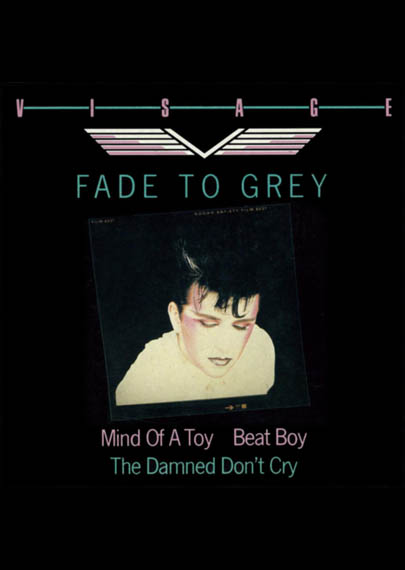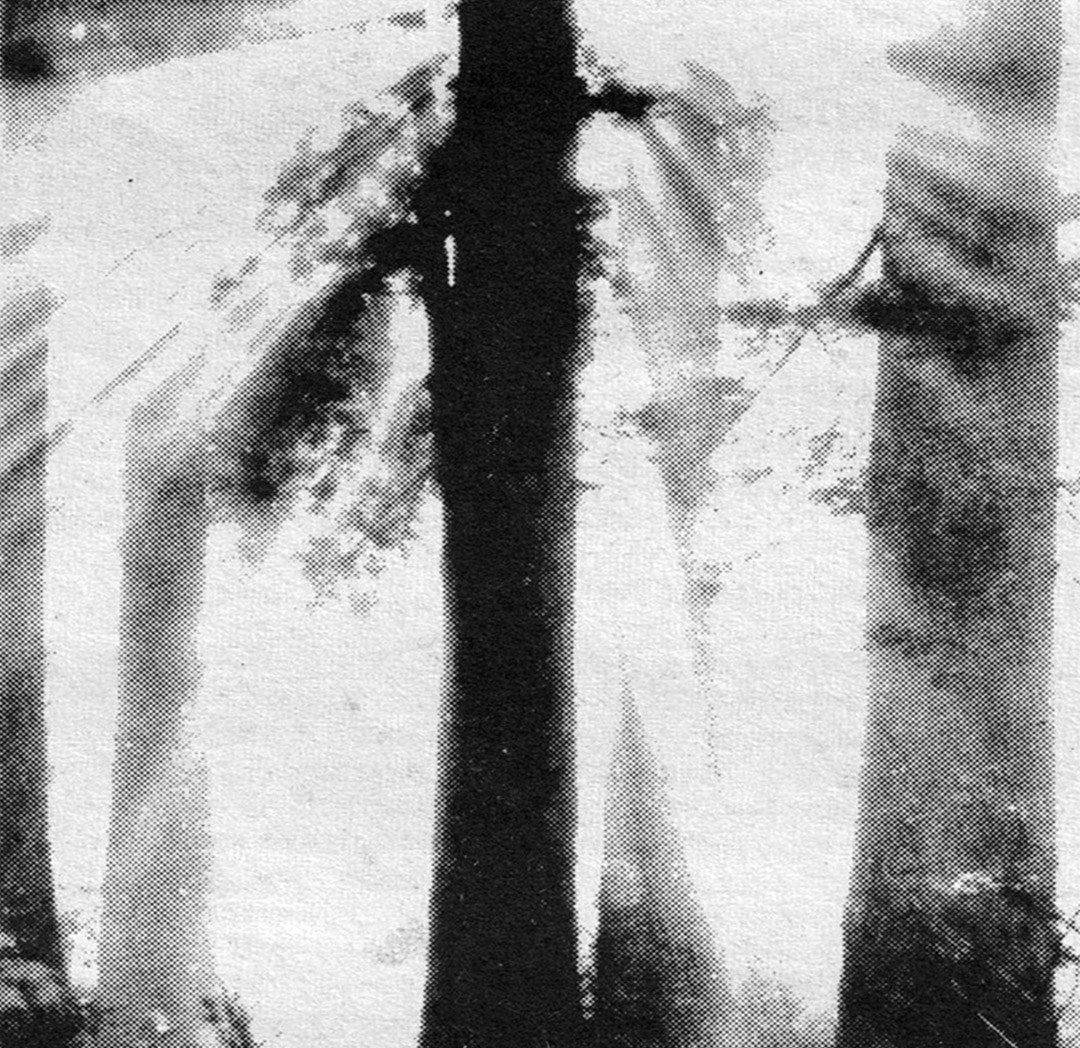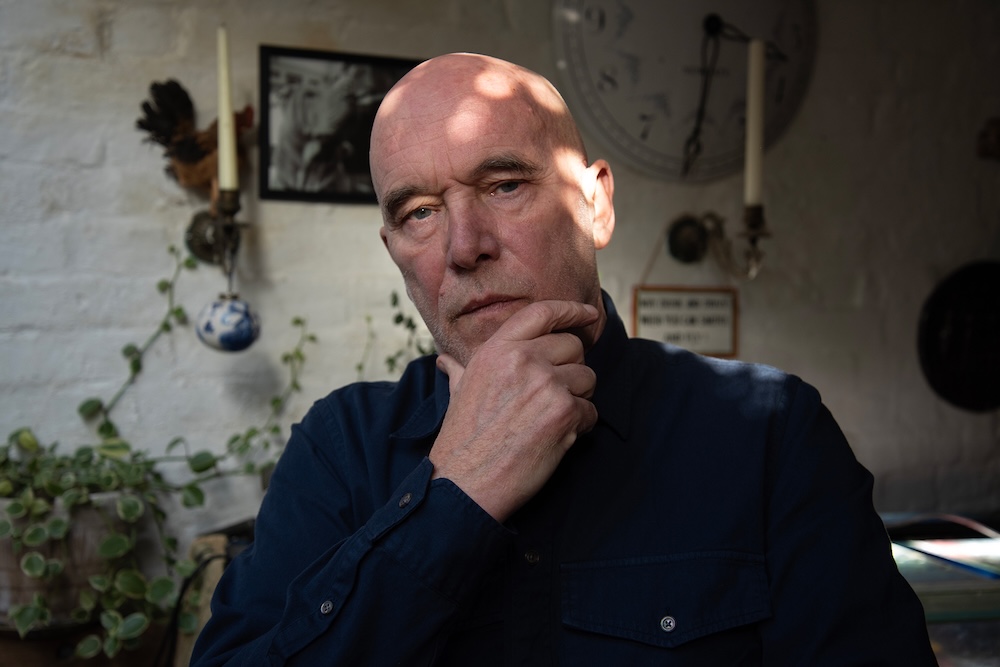Alphabetical Order: F

F: Fade To Grey by Visage. Polydor records, 1980.
Fade to Grey is probably going to be the most commercial thing covered in this series, but its deserving of a place because, even though people may laugh and point at it, the track’s still a banger.
Visage was initially conceived by non musicians Steve Strange and Rusty Egan, London New Wave scenesters who held a night at the Blitz nightclub in the late seventies. On forming, they recruited Midge Ure to add a bit of musical know how, having worked with him previously in the now defunct band The Rich Kids. Visage also co-opted in the majority of post-punkers Magazine as well as Ultravox keyboardist, Billy Currie to fill out the line up with, you know, musicians.
After recording an albums worth of tunes on the promise of releasing on producer Martin Rushent’s fledgling label Genetic Records, the band were disappointed to find that by the time they had completed their album, Genetic records had run out of gas and become defunct. They ended up signing to Radar records, with whom they released their first single, Tar, which flopped like a turkey. All was not lost though, and the band eventually signed to a major, Polydor, who released their self titled album and the first single off it, Fade to Grey, at the same time in late 1980.
Fade to Grey caught fire, and by early 1981 had charted all over Europe and was sound tracking nights out from Aberdeen to Zurich.
The music itself is pure electropop: camp, obvious, crisp and effective. A bell like high pitch synth chord dances cheesily over the up an octave, down an octave oompa synth bass, the drum machine is four to the floor with a slightly stuttered cymbal pattern. A mournful low pitch synthetic string drone here, a reverbed out electric tom there – textbook stuff. The icing on the cheese cake is the vocal: half female and French, half male and English – Rusty Egan’s Swiss girlfriend provided the French, Steve Strange taking the lead vocal duties for the English bits, apparently requiring singing lessons from Midge Ure to ensure he stayed in tune. Of course, the 12” mix is the best version, extending out the drums and wringing maximum dance floor action out of the piece.
Fade to Grey’s influence can be heard all over the place, but was never so clear as in the ‘Electroclash’ era, with groups like Fischerspooner making a career out of remaking the track, ad infinitum. Apparently, Electroclash is going to make a comeback soon among all those ‘forward thinking bass music’ producers who, in order to stay ahead of the game, have now moved on from dredging the nineties for musical inspiration and are already aiming their bass guns at the early noughties. Fade to Grey is derivative and not exactly the epitome of cool, but it works a sweet hook around a winning production formula and for that, it’s worthy of a place in the Dance music canon.
Alphabetical Order is going four-dimensional this week, with a radio show on the mighty NTS radio.
Tune in on Friday between 2pm and 4pm to hear me muddle my way through an A-Z of my record collection.
Next week: G, as in Gorgonzola.
By Joe Evans


















Must Reads
David Holmes – Humanity As An Act Of Resistance in three chapters
As a nation, the Irish have always had a profound relationship with the people of Palestine
Rotterdam – A City which Bounces Back
The Dutch city is in a state of constant revival
Going Remote.
Home swapping as a lifestyle choice
Trending track
Vels d’Èter
Glass Isle
Shop NowDreaming
Timothy Clerkin
Shop Now